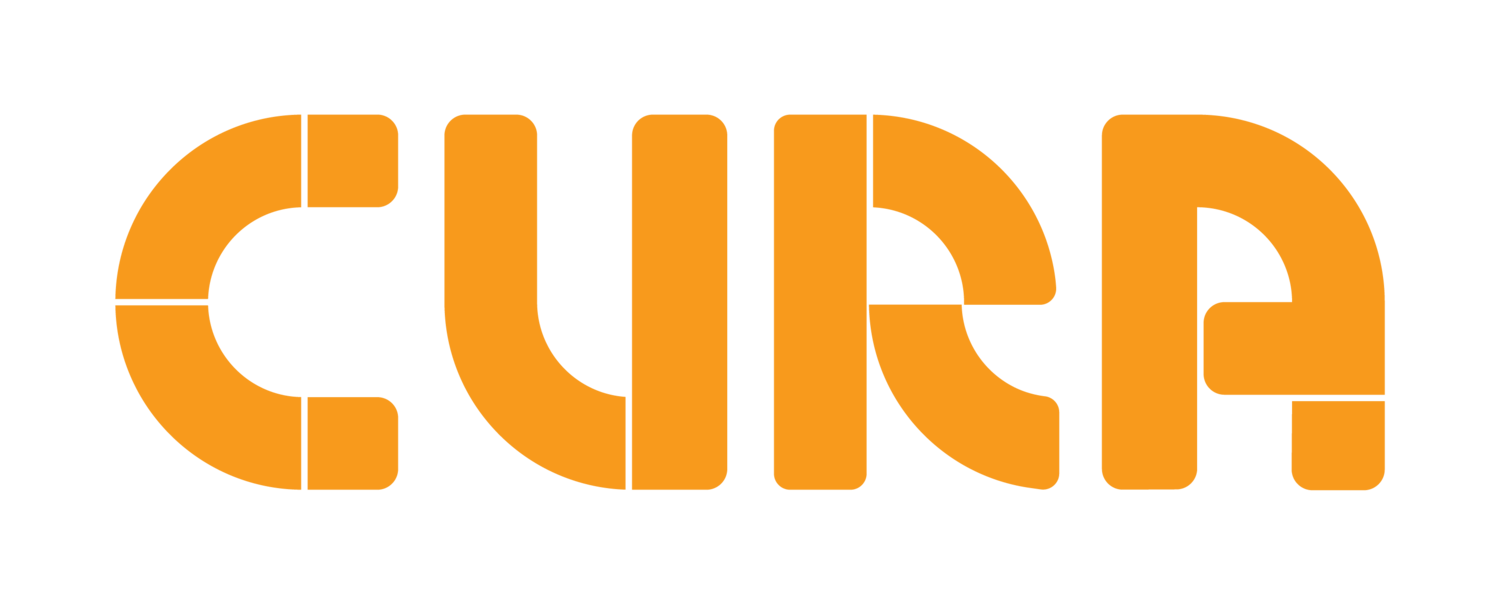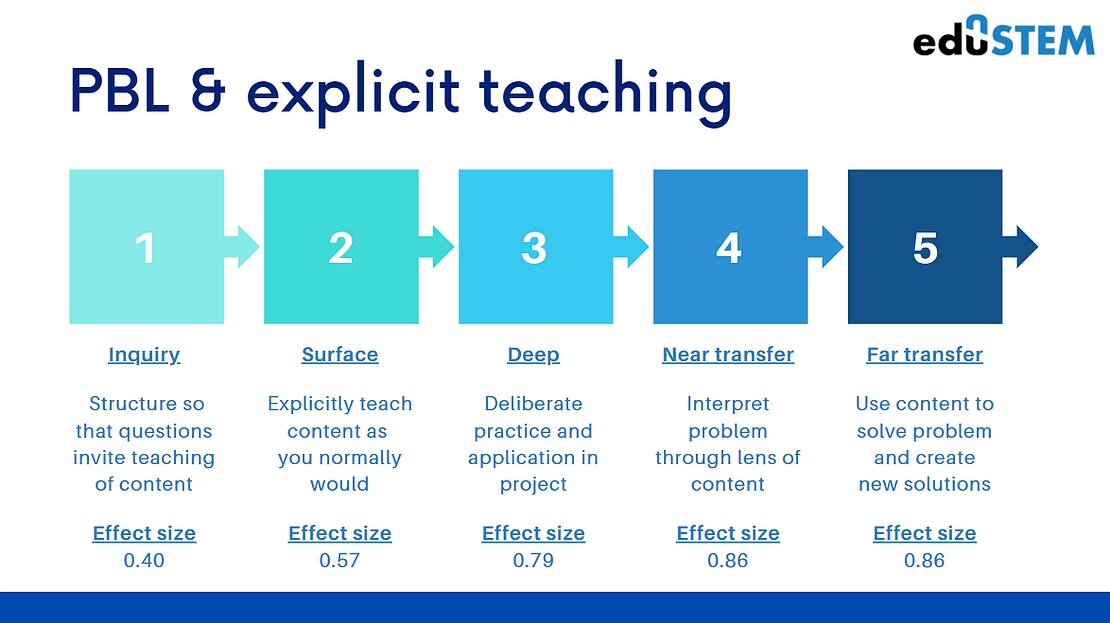Why ‘getting back to basics’ isn’t incompatible with PBL
Regular readers of the eduSTEM Review will by now know our position on explicit teaching as an integral part of PBL. We’ve written previously on how explicit teaching must be at the foundation of every PBL unit and how we generally do not believe that student learning is best served through an open-ended, structureless PBL unit where students are expected to learn the content they need through self-discovery. The schools who we have seen have the most success with PBL are the ones who have seamlessly blended explicit teaching and project-based application, not the ones who sidestep the need for explicit teaching altogether.
However, a conversation we’ve had with a number of schools recently centres around this same question – is explicit teaching really compatible with PBL? For most, 2020 was a disrupted year and the result has been that students are slightly behind in their learning compared to where they would normally be. Understandably, getting these students back to the requisite level is a critical priority. The challenge these schools have faced is how to balance this priority against their desire for hands-on, real-world learning. How can we get back to basics whilst also keeping students engaged and teaching them skills through PBL?
For some of the schools we have spoken to, this feels like an intractable choice between two mutually exclusive goals; back to basics vs PBL, catching up their learning vs keeping them engaged through hands-on, real-world learning. In our view, however, you can have both. A well-structured PBL unit should actually enhance the effectiveness of explicit teaching and improve student content retention. Let’s explore how this can be achieved.
Explicit teaching is the bedrock of PBL
Some sceptics of PBL argue that it isn’t as effective a teaching strategy as direct instruction when it comes to improving student academic outcomes. This argument completely misunderstands the nature of PBL – you cannot separate explicit teaching from PBL. In a good PBL unit, explicit teaching is a fundamental part of the unit. And when this happens, the research shows that PBL enhances student achievement.
Let’s unpack this. Consider the structure of a PBL unit, which we recommend being based on Design Thinking. The Ideate stage requires students to develop their own solution ideas to the problem they have investigated across the unit and the Prototype & Test level gives them the chance to design or create their own solution using what they learned. These two levels are therefore geared towards an application of knowledge – both about the problem and the content – rather than as a place where new knowledge is gained. But the Empathise & Define level is completely different. It’s here that explicit teaching occurs.
At the start of a PBL unit, students are introduced to the real-world problem in a way that provokes emotional engagement in it. What follows across the rest of the Empathise & Define level is a carefully structured process where explicit teaching of curriculum content is used to help students better understand the real-world problem. This is crucial – students learn about the problem not through their own research (though this can be used to fill in the gaps not covered by explicit teaching), but instead by being taught curriculum content and then by exploring how that content maps to the problem. The entire PBL experience, therefore, should be tightly wrapped around a core of explicit teaching. The problem begets the content, which then begets the problem. They reinforce each other in a series of tight loops that can’t be disentangled or separated.
Create students who want to learn
If you introduce content that you need to teach through a real-world problem, and then work through tight cycles of teaching that content before challenging students to apply it to that real-world problem, you will enhance student understanding through two powerful mechanisms.
The first arises through PBL’s ability to produce authentic student engagement by making learning meaningful and relevant to students. As students develop an emotional connection to what they are learning, their desire to learn increases. Similarly, the entire paradigm through which students view learning is flipped – students move from a have to learn mindset to a want to learn mindset because they understand that learning is the key that unlocks their progress in the project and gets them closer to being able to solve the problem. This mindset shift is critical in creating lifelong learners out of students.
It follows that, with higher engagement and higher commitment to their learning, students increase their understanding of the content. This is especially true as students do more than simply memorise or rote-learn the content – you’ll be familiar with students who do this for a test and then cannot remember most of what they spent the previous term learning a week afterwards.
PBL & transfer learning
The second mechanism stems from the Visible Learning approaches pioneered by John Hattie, amongst others. Under this model, there are three stages to learning: surface, deep, and transfer. A student who operates at each of these levels is likely to exhibit a deep understanding of what they have learned and demonstrate long-term retention of that information. And PBL is one of the best teaching & learning pedagogies through which students can develop a mastery of content at each of these stages.
A student inquiry process at the start of a unit helps students capture and define what they want to learn about the real-world problem they have just been challenged with solving. This process helps fuel the want to learn mindset discussed above – if students have asked for information, they will be more open to receiving it. The key, therefore, is to carefully match the inquiry process with the content that needs to be taught across a unit. This starts even further back with the choice of the real-world problem; if you can choose a real-world problem that naturally stems from the content, it is highly likely that the inquiry questions that students will ask can be answered by explicit teaching.
Surface learning starts, therefore, with the explicit teaching of the content that answers students’ inquiry questions. Before any application to the project occurs, a well-structured PBL unit ensures students have a solid content foundation which they can build off as they are extended through the project and asked to think more deeply about how the content helps them understand the real-world problem. This content can be applied to the real-world problem through investigations, experiments, or case studies, where students explore how their newly-acquired content knowledge helps them understand the problem’s causes or impacts. This is deep learning at work; by apply content to the problem, students are deepening and strengthening their content understanding.
In classrooms that don’t feature PBL, transfer learning is rarely employed. Students are rarely asked to take their consolidated knowledge and skills and apply what they know to new scenarios and different contexts. They are infrequently given the opportunity to use what they have learned to make or create. But that’s exactly what happens in PBL. PBL allows students to engage both in near transfer learning (by interpreting the real-world problem through the lens of content) and far transfer (by using this content to create new solutions to solve that problem). This both helps students develop their content knowledge through each of the surface, deep, and transfer learning stages, as well as increasing the effect size of the learning strategies at each stage; transfer learning is the most powerful step in building deep understanding and long-term retention.
What this means
Let’s go back to the question we started with – is explicit teaching really compatible with PBL?
PBL isn’t just compatible with explicit teaching – it enhances the effectiveness of explicit teaching and will improve content retention.
However, this will only occur if your PBL unit puts explicit teaching at its core. To do so:
Map the teaching of content to an inquiry question which you want students to ask. You should also anticipate this as a likely question that will arise from their exposure to the real-world problem
Teach the content as you normally would. This builds surface and deep understanding
Re-frame content through application to the problem to build near transfer skills. When students explore how what they have learned explains the causes and impact of the problem, their content understanding is deepened
Extend students’ content knowledge using far transfer when they are imagining solutions. If they can flexibly manipulate what they learned to help them solve the problem, they are demonstrating an advanced and embedded curriculum understanding
For students who are slightly behind after a difficult 2020 and who face the prospect of having to learn even more content than normal, the risk of much of that learning not being internalised is high. A powerful learning pedagogy like PBL – which enables students to embed content understanding through deep and transfer learning – is the perfect solution.
Do you know an educator who would be interested in learning more about how to build collaborative skills in students? If so, please share this article with them!
If you are passionate about teaching collaboration and want to learn more, get in touch with us at info@edustem.com.au. We’re always happy to exchange ideas with our PBL community!



